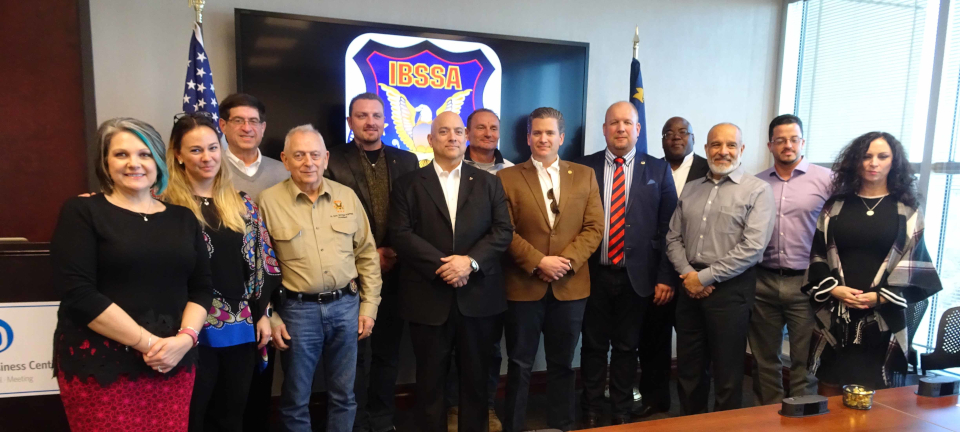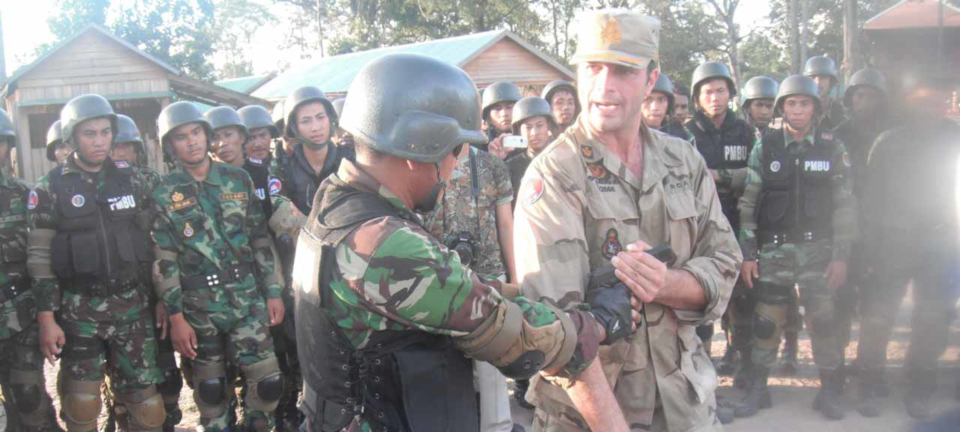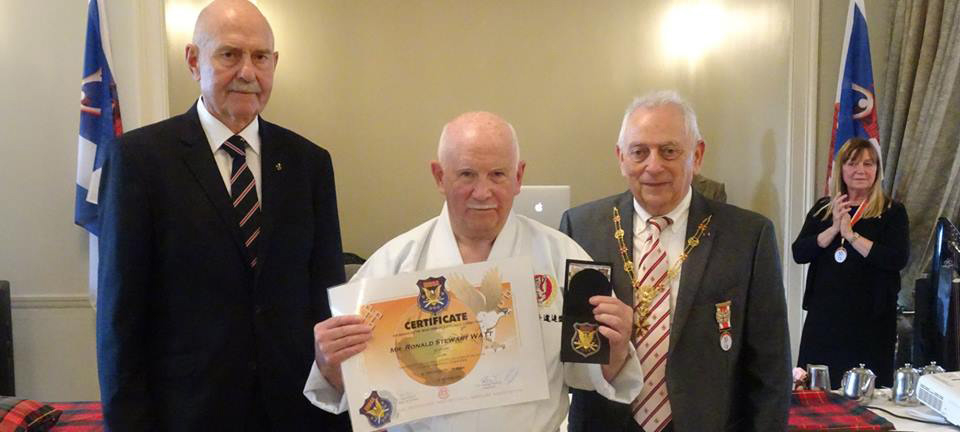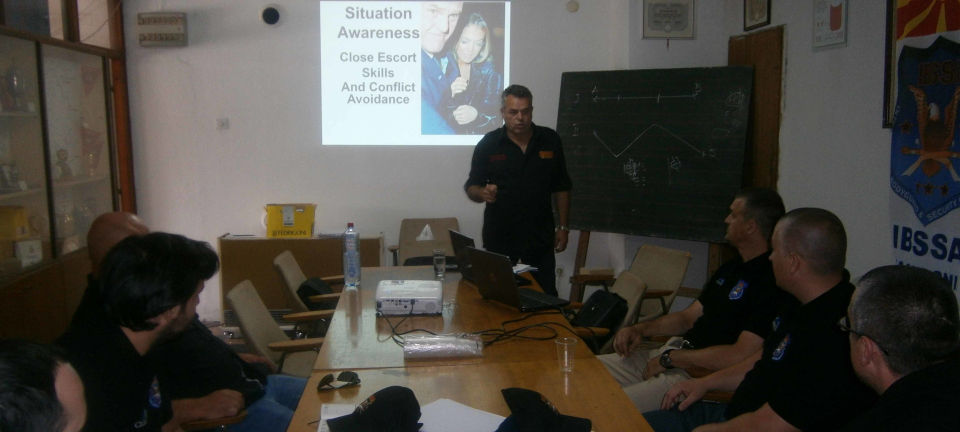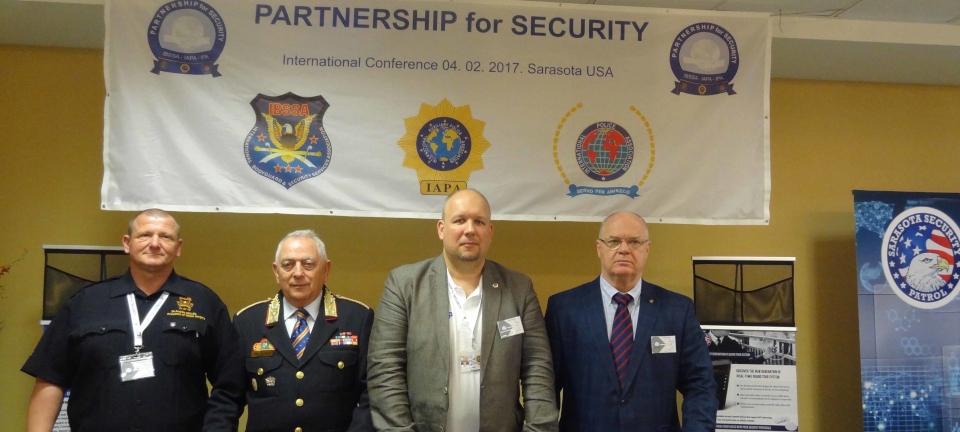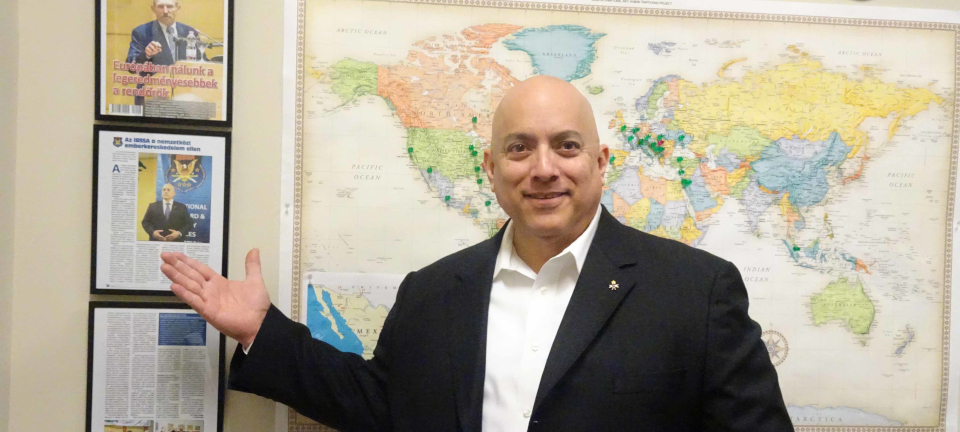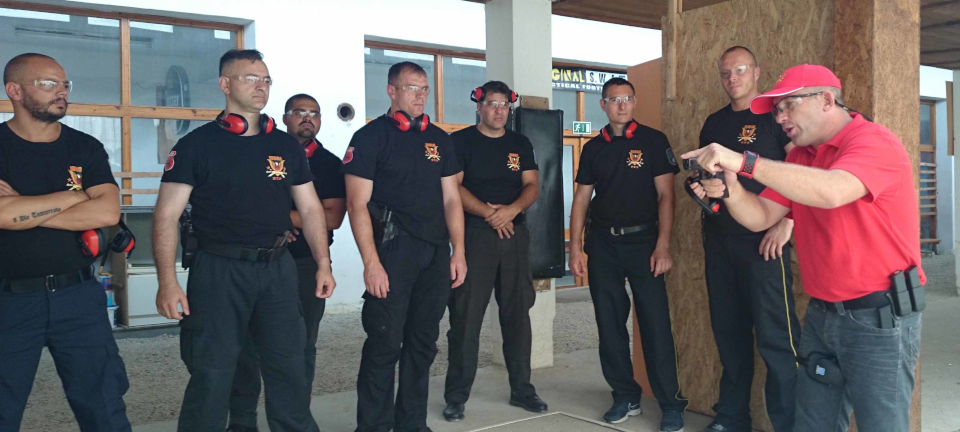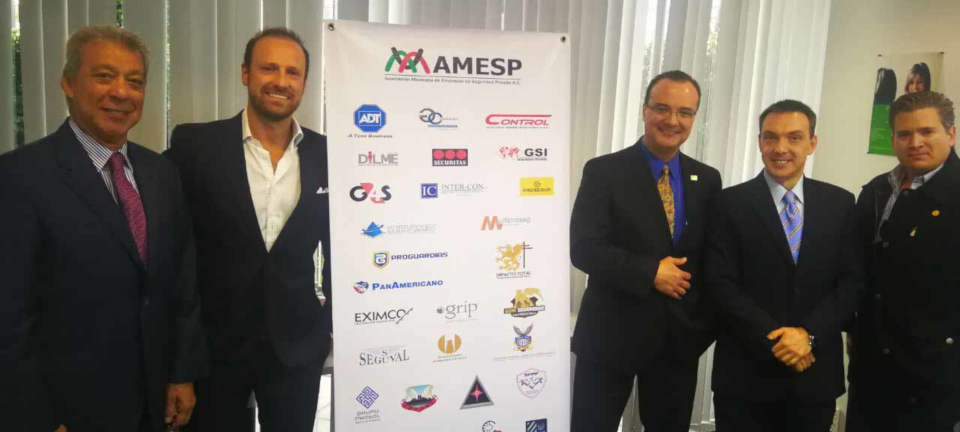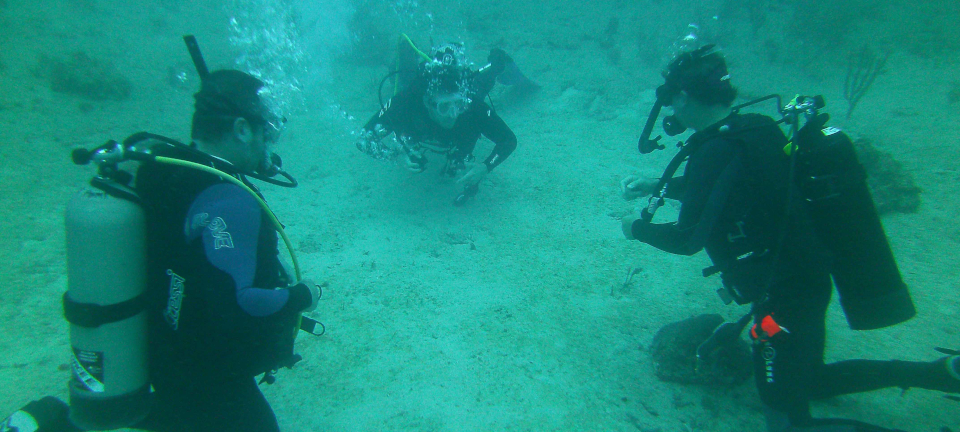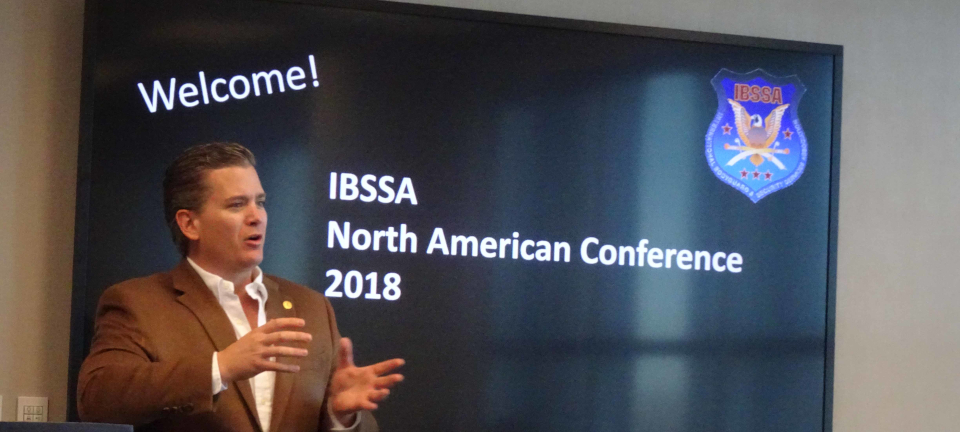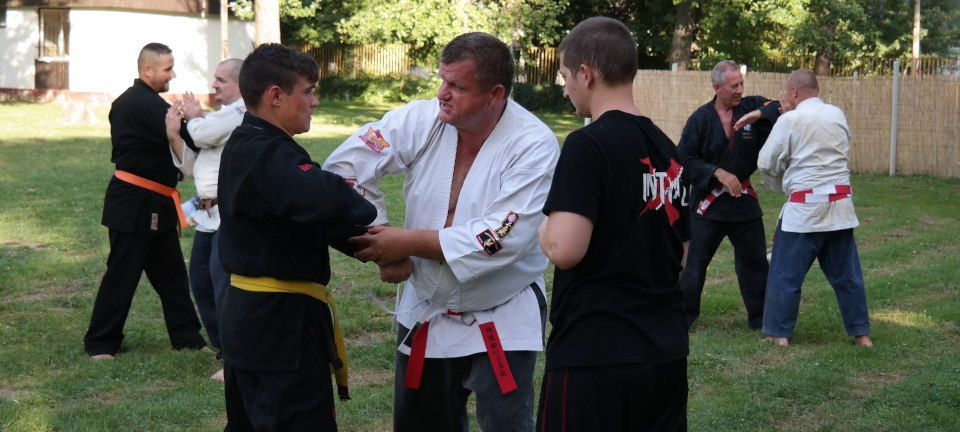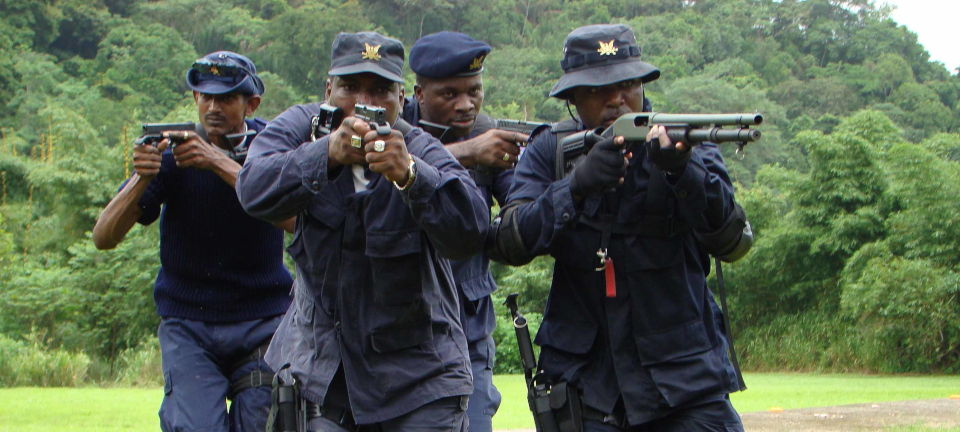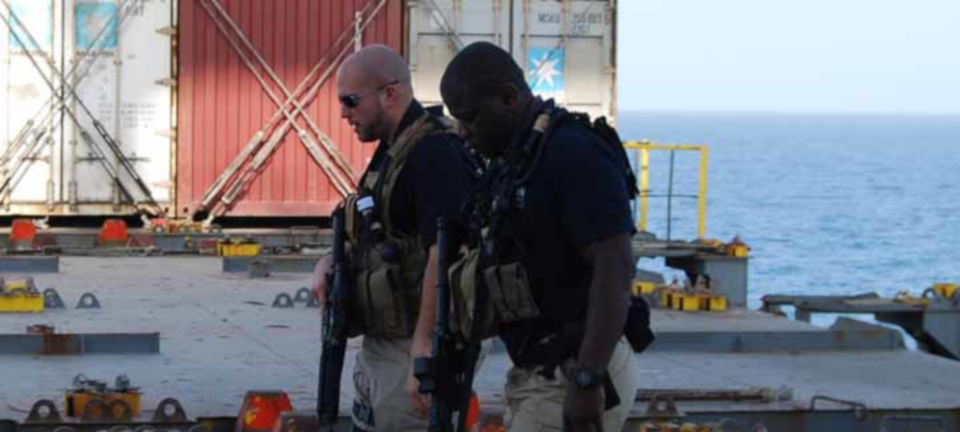
Introduction of Tactical Cognition OODA in a Half-Second?
 One researcher, Dr. Herbert Maier, says that since Boyd’s passing in 1997, the core concept is sometimes misinterpreted. I recently sat through an Orientation Lecture from Dr. Maier. I know OODA — or thought I did. Dr. Maier flipped it upside down. I’m here to tell you that was only the beginning. He began by teasing us with “Who knows OODA?”. Of course, all the officers raised their hands confidently. For the next hour, he showed us that we didn’t know as much as we thought. Dr. Maier went back to Boyd’s own words to show how easy it is to wander off-course. He said, “I had always heard that it’s all about speed — being faster than my adversary. I rejected that as being too simple.”
One researcher, Dr. Herbert Maier, says that since Boyd’s passing in 1997, the core concept is sometimes misinterpreted. I recently sat through an Orientation Lecture from Dr. Maier. I know OODA — or thought I did. Dr. Maier flipped it upside down. I’m here to tell you that was only the beginning. He began by teasing us with “Who knows OODA?”. Of course, all the officers raised their hands confidently. For the next hour, he showed us that we didn’t know as much as we thought. Dr. Maier went back to Boyd’s own words to show how easy it is to wander off-course. He said, “I had always heard that it’s all about speed — being faster than my adversary. I rejected that as being too simple.” It is important that Col. Boyd was not speaking to law enforcement when he coined his famous OODA acronym. He was speaking to fighter pilots Colonel John Boyd (USAF) coined the OODA acronym for a decision cycle of Observe, Orient, Decide and Act. Col. Boyd encouraged incorporation of this decision-making cycle into the Air Force’s fighter pilot training. The recurring cycle teaches War fighters to quickly and efficiently infiltrate and interrupt an opponent’s thought process. This concept has carried over to law enforcement, especially tactical teams. .
The time scale he was working with was 10-40 seconds, not the 2 seconds or less we are often presented with. While 10-20 tons of equipment are manoeuvring at their best speed, you can and must change your mind, update your image of the situation — adapt. Even a few seconds of reconsidering might be acceptable in tracking a situation changing at that pace. When Col. Boyd coached our military through the first Desert Storm, the mass was battalions with all their equipment. That time scale was days to months. But at our time scale, our weapon is around 1 pound instead of 10-20 tons, and our battlespace might be 6-20 feet instead of 6-20 miles. At our scale, 2 seconds becomes an eternity.
In the mid-1990’s, Dr. Maier had an idea that grew into a 2004 Ph.D. at Texas A&M University. After teaching various martial arts classes since 1975, he had become obsessed with the question of how we think, recall, and decide at a pace of 2-3 times per second. Though we never consider it, this is a normal pace in conversation: “What do I say next?”. Five years of academic study made it possible for him to develop a ground-breaking dissertation, and to found a research field he calls “Tactical Cognition” TM. Twenty years (even 10 years) may seem a long time for Dr. Maier to develop an idea, let alone another decade accessing the right audience.
Boyd did not simply create OODA over a weekend, either. After demonstrating mastery of aerial combat, himself, he started with his Aerial Attack Study in 1964 ( .http://www.ausairpower.net/JRB/boydaerialattack.pdf ).
He was thorough enough that in the ~70 years since its writing, no one has been able to add or subtract anything. His Energy-Manoeuvrability Study (Fast Transients, 1976, ( http://www.ausairpower.net/JRB/fast_transients.pdf
) illicitly gobbled up vast quantities of Air Force computer resources. Simply put, he invested the time and effort to know his craft. Along with exhausting current technology, he strove to train the ideal combat pilot. Those efforts are the firm foundation under OODA. Col. Boyd’s long development of a “non-intuitive” (unfamiliar) concept is not that different from Dr. Maier’s. An accurate view of Boyd’s process can be found in Robert Coram’s “Boyd: The Fighter Pilot who Changed the Art of War”. Maier teaches the skills of Tactical Cognition TM through Half-Second OODATM training. He developed and validated this compact training activity years before realizing that he had walked a path parallel to Boyd’s. Maier’s “4 Performance Dimensions” make Boyd’s “4 Attributes” of a Warrior measurable and trainable. Half-Second OODATM is martial-art-based, generating cooperative competition between partners, stimulating initiative and building dominance without relying on pure speed or raw power.
At the end of the Orientation Lecture, officers were asking “how can we hear more?” Hearing alone won’t do it. Dr. Maier teaches his training activity in 2-day workshops. It takes that because you will be actually doing. Simple as they are, the activities themselves take familiarization before the “Why” behind the “What” comes into focus. Chalk-talks, on-paper exercises, even computer games cannot give the reality of surprise and inconsistency when interacting with a series of live persons. There really is method to getting a step ahead, and it’s not to just “go faster & faster”. The real world is feedback, on many dimensions at once. You have been using feedback all your life. You can learn to use it consciously at tactical speeds with Half-Second OODATM.
For information, contact Karl de la Guerra at KDI Protective Services,Karl@TeamKDI.com
Search
My IBSSA - Sign in or Register
Copyright 1994-2025 IBSSA. All right reserved.
